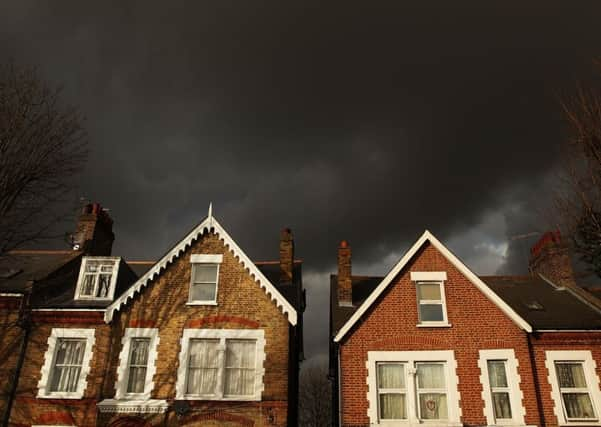Homeowners facing first interest rate rise in 10 years


The Bank of England is widely expected to raise borrowing costs from their historically low levels when policymakers meet this Thursday. They will point to continuing inflationary pressures and a relatively robust economy, with official figures last week showing that output grew by a better-than-expected 0.4 per cent in the third quarter of this year.
A quarter point rise in rates would take them to 0.5 per cent, despite the British Chambers of Commerce, which represents tens of thousands of businesses, warning that an increase at this time could be the “tipping point” that strangles business confidence, spending and investment. It would be almost certain to trigger higher mortgage payments for millions of home-owners and more expensive unsecured lending, but be welcomed by savers.
Advertisement
Hide AdAdvertisement
Hide AdIf the central bank does press the button on a rise this week, economists said at the weekend that any further increases could be at least a year away.
Howard Archer, chief economic adviser to the EY Item Club think-tank, said: “The Bank of England looks poised to finally pull the monetary policy trigger on Thursday, taking interest rates up from 0.25 per cent to 0.5 per cent. But the case for a rate hike is far from overwhelming and we suspect there will be a split within the [Bank’s] monetary policy committee (MPC).
“Assuming that the Bank of England does raise interest rates, we do not expect the MPC to act again until at least the fourth quarter of 2018. Given that interest rates have not risen since 2007, the MPC may well sit tight for an extended period after an initial hike to see how consumers and businesses respond. Meanwhile, moderating inflation, ongoing lacklustre UK growth and persistent Brexit uncertainties are expected to limit the case for a further rate hike.”
Laith Khalaf, senior analyst at financial services firm Hargreaves Lansdown, said: “We estimate that eight million Britons haven’t seen an interest rate rise in their adult lives, so this would be a highly symbolic moment, even though a hike only takes us back to the ‘emergency’ rate of 0.5 per cent.
“Savers, borrowers… and markets will ultimately need to adapt to an environment of tightening monetary policy. However the pace of rate rises will be slow and steady, so any adjustment is going to be a gradual evolution rather than a sudden revolution.”